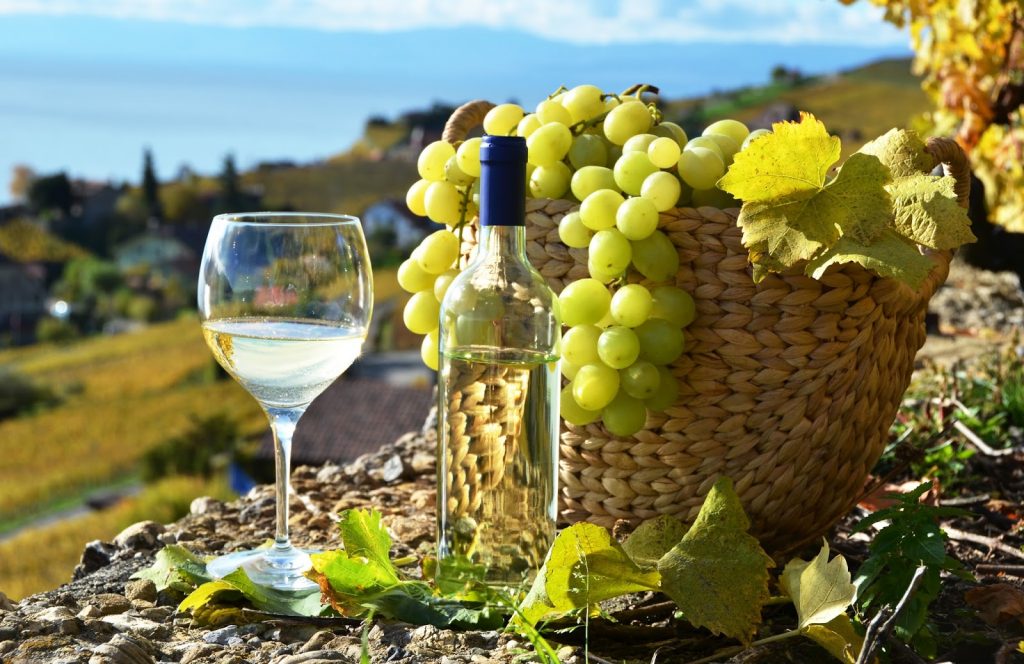Genesis of Pisco Designation of Origin
In Chile’s Central Valley there was also a tradition of crafting artisanal spirits, which were usually distilled from wine residues (lees and marc), while piscos were made from aromatic white wines. In order to improve their sales, some merchants from Santiago, Valparaiso and Concepción, decided to disguise the local spirits with the famous name pisco, which generated a series of controversies and conflicts. Thus, at the 1872 Exhibition in Santiago, «piscos» were presented from various places such as Santiago, Chillán, San Felipe and Limache.
The producers of Norte Chico, through their representatives in the Chilean parliament, managed to make their voices heard and transmit their aspirations before the National State. The topic was discussed at the highest level. For many years, the Chilean government gathered information to seek a solution to the problem.
Finally, on May 15, 1931, then-President Carlos Ibáñez del Campo issued decree No. 181, delivering the Pisco Designation of Origin to the «brandy produced and bottled, in consumption units, within the country’s III and IV regions, made by wine distillation from the vine varieties, determined by Decree No. 521, planted in these regions».The central argument of decree 181 was the prestige and fame that the producers of Norte Chico had achieved, thanks to the effort to produce higher quality products over the years. Universal Exhibitions and trademark registrations helped to strengthen this fame, which facilitated the compilation of enough backgrounds to inform the limitation of pisco as Designation of Origin. From then on, only the name of pisco can be used for spirits made in the valleys of Copiapó, Huasco, Elqui, Limarí and later Choapa.
This is the story of how the first Designation of Origin of America was born.
Legal Regulations
The protection of a specific product, through the granting of a Designation of Origin, represents progressive legal recognition of certain products with unique characteristics. These are essentially attributable to its place of origin considering the environment, as well as the use of traditional production techniques.
The existence of a link between the product, and a specific geographic region is essential to justify the important benefits associated to the recognition of an exclusive right, such as the designation of origin. The protection of Pisco is reflected in three essential legal bodies, which have given shape and structure to the Pisco Designation of Origin:
Productive process
Pisco elaboration consists of four main phases:
Growing and harvesting of pisco grapes
- Winemaking
- Distillation
- Bottling
Pisco Designation of Origin establishes that all these phases must be carried out within the pisco region.
Pisquera grapes
Pisco is heir to a centuries-old tradition of distillation. In its production, history and modernity coexist, always maintaining the highest standards of production quality, whether from a small boutique distillery, or a large company. These standards revolve around two important elements: the Pisco Designation of Origin and the prime materials used in its elaboration.
The Pisco Designation of Origin accounts for the factors and characteristics that make this spirit a product closely linked to the geographical and cultural conditions of the transversal valleys of Copiapó, Huasco, Elqui, Limarí and Choapa. Together with this are the pisco grapes, which arose thanks to the coexistence of various grape strains, which in these fertile soils were giving life to new varieties, unique and endemic.
In Chile, there are about 10 thousand hectares of pisco grapes. The most popular varieties are Pink Muscat, Alexandria Muscat, Austria Muscat, Torontel, and Pedro Jiménez. There are also other varieties of pisco grapes, less common: Early Muscat, Yellow, Canelli, Frontignan, Hamburg, Black, Orange, and Chaselas Musque Vrai. These grapes grow at the foot of the desert, with cold nights and lots of sun, which allows them to concentrate a high level of sugar in their grains.



Types of pisco
According to the regulations of Pisco Designation of Origin, this spirit is classified according to its minimum alcohol content:
30° – Pisco tradicional (traditional)
35° – Pisco especial (special)
40° – Pisco reservado (reserved)
43° – Gran pisco (great pisco)
Contribution of the pisco to the development and economy of Chile
How do you manage to fit five hundred years of traditions, effort, quality and national identity in a single bottle? Chilean pisco producers know how. From the early colonial times to the present day, they have kept alive the oldest traditions of the pisco master distillers. Pisco crafters invest a great deal of effort, love and technology to create a product of the highest quality, which makes Chileans proud and is a reflection of an entire country.
Each drop of pisco is the the outcome of the work of over 2,800 pisco grape producers from the Copiapó, Huasco, Elqui, Limarí and Choapa valleys, located in the Atacama and Coquimbo regions. This area is considered the pisco region, according to the Pisco Designation of Origin.


The Pisco Designation of Origin was granted on 1931 and is the first of its kind in The Americas. This regulation sets the strict production standards for, which are observed until today.
Pisco territory holds over 10 hectares of vines, generates some 3,500 permanent jobs, as well as almost 40,000 seasonal jobs. Through taxes, its contribution to the country rises to 50 million dollars per year. Traditionally, pisco is the most preferred spirit in Chile. In fact, Chileans consume more pisco that all other spirits combined.
Worldwide, pisco is highly praised and has outstanding participation in the most prestigious competitions, being recognized as the best and finest fruit distillate in the world. The quality and versatility of pisco are some of the features that attract the most attention, positioning our distillate as a fresh and novel alternative in bars in Europe and the United States. Pisco shines as a sophisticated and aromatic spirit, loaded with tannins and delicate sweetness, expressive and elegant.
Major international markets
- United States
- Argentina
- Germany
- United Kingdom
- Spain
- Poland
- China






